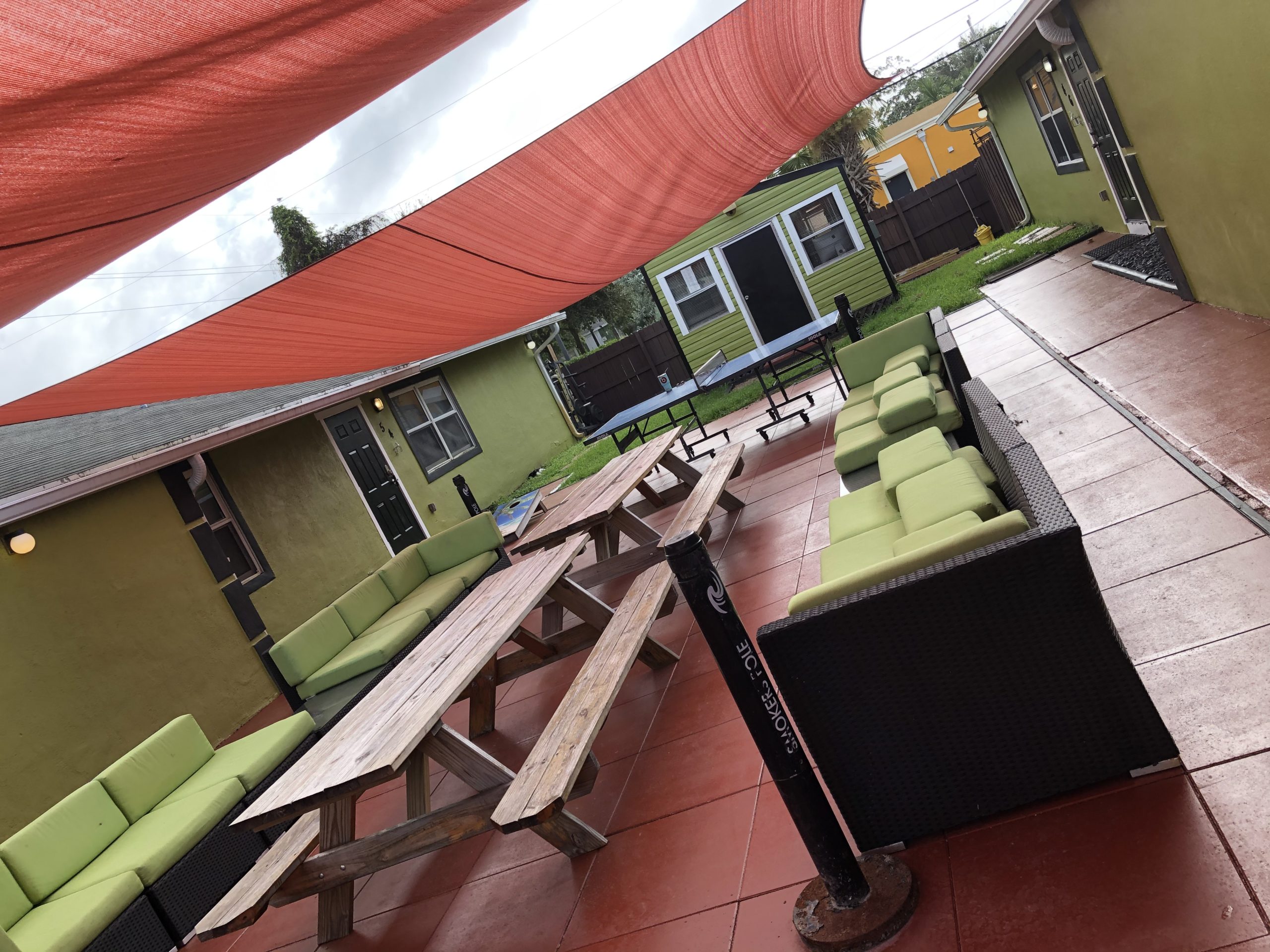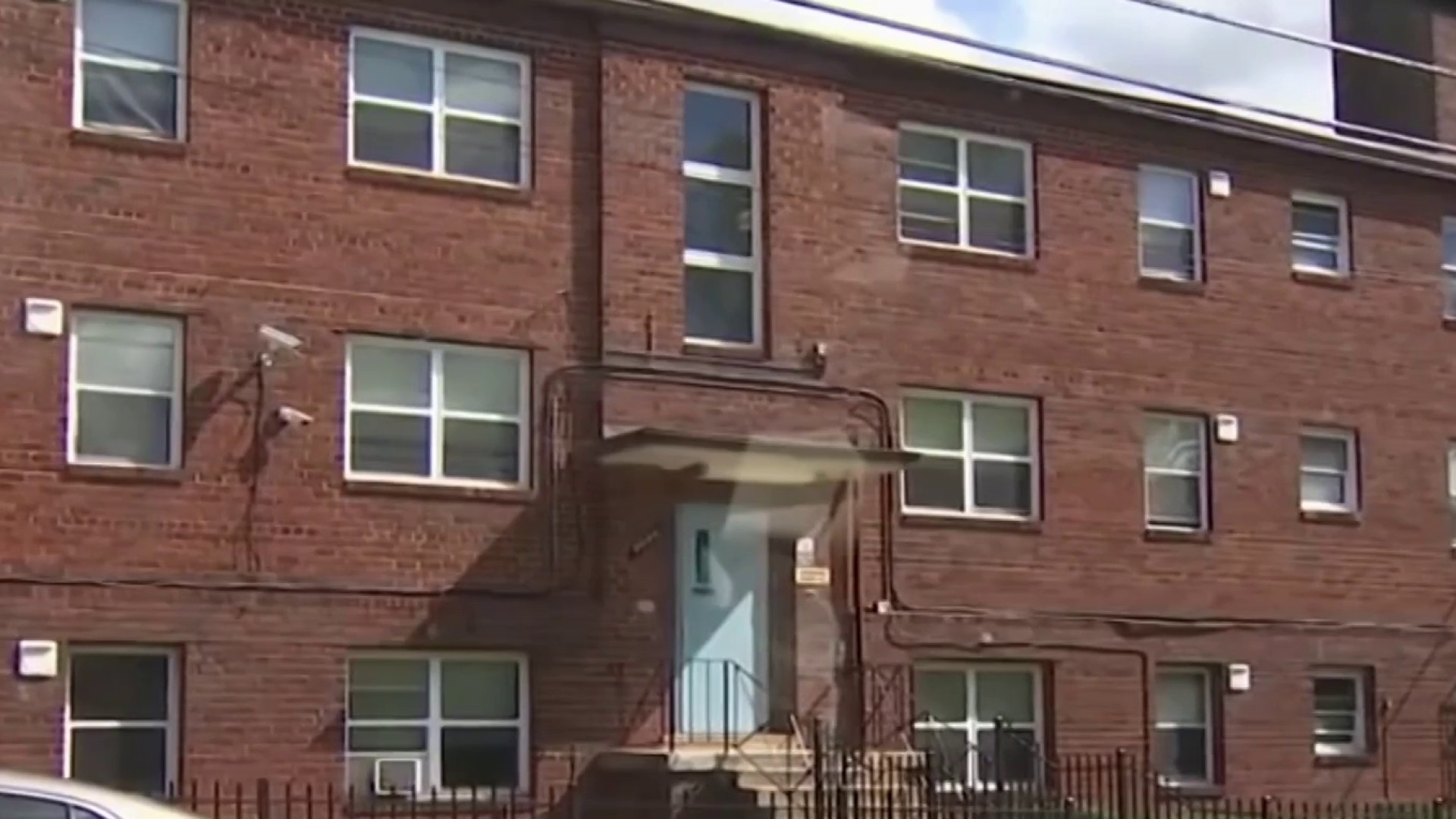Table Of Content

In the now-defunct Hope Village in Washington, D.C., residents reported packed dining halls, makeshift PPE, and restricted access to cleaning products and sanitation supplies. In a Facebook video, a resident described “6 to 8 people” leaving Hope Village daily in an ambulance. Since data remains sparse and oversight is unreliable, we have retrieved the bulk of information about conditions in halfway houses from the media and advocates. The voices of those who have spent time in halfway houses, and those who have worked in them, are key to understanding the reality of these facilities and the rampant problems that plague them.
Halfway houses for patients
With this report, the federal government has been working on improving its oversight mechanisms and comprehensive adjustments to keep residents safe. Think of this as your GPS in the uncharted territories of life outside the sober living home. It keeps you on track and alerts you if any triggers or detours are ahead. There are specific rules to follow at other halfway houses, which are crucial for maintaining order and facilitating recovery.
What Services Are Provided?

Their purposes can also overlap, as community based correctional facilities, for instance, house individuals at various stages in their incarceration. For the purpose of this briefing, however, we are focusing on “Halfway Houses in the Criminal Justice System”– which are state or federally contracted facilities for people leaving state or federal incarceration. The housing programs help participants learn life skills, develop vocational skills and find employment. They can also provide referrals to general health services and mental health providers. The main goal of residential reentry centers, the term that the Federal Bureau of Prisons uses to describe halfway houses, is to reduce recidivism.
How long can someone stay in a halfway house?
Halfway houses are safe living environments that help people re-enter society and avoid relapse into substance abuse, crime or homelessness. They set residents up for success by teaching them life skills and allowing them to practice those skills while living in a structured environment. Most halfway houses do not provide medical care, but many provide drug abuse programming. Federal prisoners can participate in a residential drug abuse program in prison and move to a transitional drug abuse treatment program in a halfway house.
These homes have rules like having a job, attending meetings, and adhering to a curfew. Sober living homes can be helpful for people who are not quite ready to live on their own but also don’t need the intense structure of treatment programs. The purpose of these houses is to provide shelter and create a structured environment that aids recovery. Here, residents can apply the life skills they learned during their addiction treatment program to everyday life while still receiving support from peers going through similar experiences.
Why Tarek El Moussa Lived in a Halfway House After Divorcing Christina Hall - TODAY
Why Tarek El Moussa Lived in a Halfway House After Divorcing Christina Hall.
Posted: Wed, 10 Jan 2024 08:00:00 GMT [source]
However, prescription medications, such as antidepressants and anxiety medications, are exempt from this rule. The purpose of a halfway house is to help people who need some support to reintegrate into society after completing rehab. Improper management and inadequate oversight of halfway houses also enables inequities in the reentry process.

Halfway to Halloween events: Scary Disney marathon, burlesque, Spirit Halloween contest and more
Hallways typically see a lot of footfall (and muddy shoes), making a practical and hardwearing floor a must. The first step when designing a hallway is taking a moment to consider how you use (or would like to use) your space. So, we've put together a handy guide to help you get the space right, the first time. You'll also find plenty more inspiration with our handsome hallway ideas. This site, and any downloads or external sites to which it connects, are not intended to provide legal advice, but rather general legal information.
Board members often provided access to recreational, religious, medical, vocational, and transportation services, as well as assistance with obtaining gainful employment. The concept of the halfway house is predicated upon the ideals of humanitarianism, rehabilitation, and reintegration. More often referred to as “residential treatment centers” in contemporary criminal justice and social services systems, halfway houses have been inextricably linked to the dominant punishment philosophy of their eras. Halfway houses have been shown to reduce outside triggers that can lead to relapse and to provide peer support.
Sober Living Homes
As they become more independent, the dorms become bigger so that by the time the patient leaves, they are living in the 50–100-person dorm described above. On Thursday, Hawley sent a letter to the Federal Bureau of Prisons, expressing strong opposition to Courtney’s release and requesting that he serve the full 30-year term. Last year, the city of Oceanside spent $5.5 million to upgrade aging pipes and electrical systems on the pier, which is 1,954 feet long. The wooden structure was first built in 1888 but has been destroyed twice in its lifetime, once in 1890 by rough seas and, after it was rebuilt, again in 1902. Coast Guard cutter, but smoke continued to pour out all sides of the two-story building as well as beneath the pier, with only a few flames actually visible.
Sober living environments also tend to be less strict than halfway houses, and residents of a sober living facility can come and go. Sober living houses, or recovery homes, are somewhat different from halfway houses. First, sober living homes are privately owned and can be run by businesses, religious groups, or private individuals, while halfway homes are government-funded. Residents of halfway houses will likely be required to attend therapy or 12-step program meetings as part of the house requirements, but halfway houses themselves do not provide addiction treatment.
They offer a safe space and time away from typical triggers of addiction while providing connections to additional resources and services to promote long-term recovery. Transitional living programs (TLPs) are designed to help people who have completed a treatment program for substance abuse or mental health issues. These programs provide a safe and structured work environment where people can work on their recovery while learning to live independently. While inpatient rehab facilities offer round-the-care support and treatment, both sober living homes and halfway houses allow for more independent living. There is variation in the level of structure, professional support, and amenities offered in each type of facility.
Furthermore, structured halfway houses have been shown to teach residents accountability for their actions and choices, ultimately and effectively leading to a maintained sober life. Halfway houses provide substance-free residences for those in recovery from alcohol and substance abuse. They often offer life-skills education and job training for those who have completed a treatment program or have recently been incarcerated and received treatment. All halfway house residents are expected to take part in routines such as household chores. Through daily chores, they can get re-acquainted with the fundamentals of functional life in a safe and structured setting. Incorporating chores into a regular routine is also one way to teach sobriety while preparing an individual for the mundane tasks of daily living.
These include nudity, pornography, drug use, violence, weapons, general gang activities, and clothes depicting these illustrations. A network supports you during challenging times and helps celebrate small, unnoticed victories. They’re like the cheerleaders rooting for your success at every twist and turn. It could be certain people, places, or emotions that tempt you towards substance use again. But knowing what they are allows you to avoid them or develop coping strategies. This creates a sense of responsibility and investment for the residents and their journey.


No comments:
Post a Comment